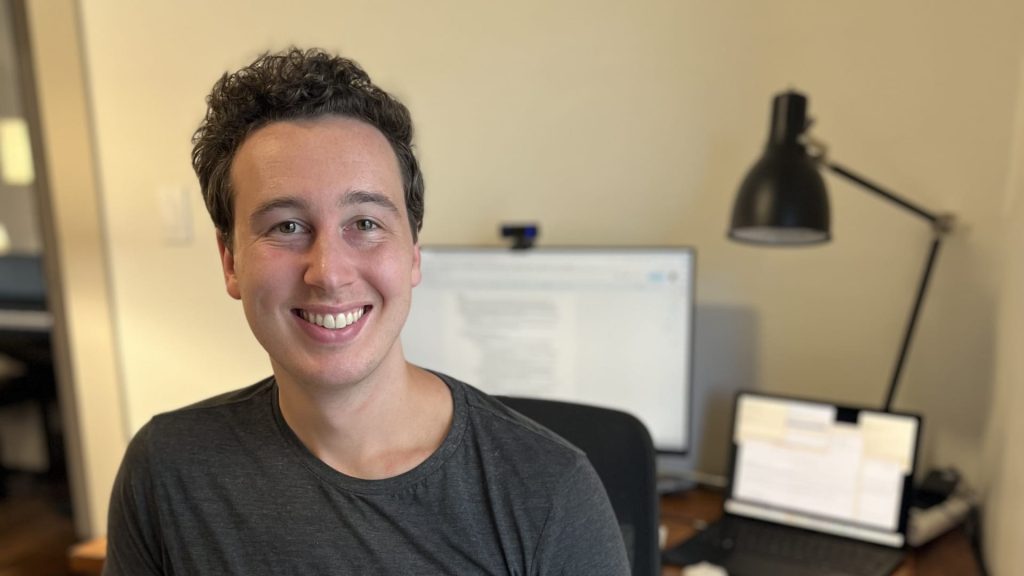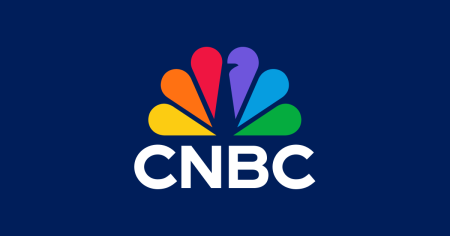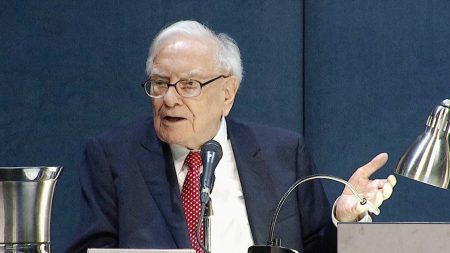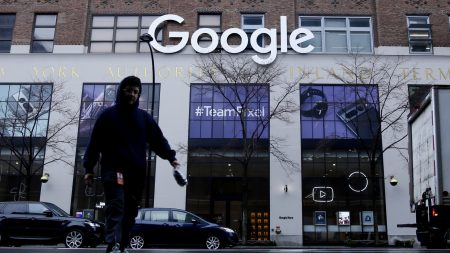This story is part of CNBC Make It’s Six-Figure Side Hustle series, where people with lucrative side hustles break down the routines and habits they’ve used to make money on top of their full-time jobs. Got a story to tell? Let us know! Email us at [email protected].
When Carter Osborne needed extra cash for graduate school tuition, he decided to monetize his strongest skill: writing.
It was 2017 and Osborne realized he could get paid to advise high school seniors on their college admissions essays. He himself had a consultant review his undergraduate personal statement before getting into Stanford University in 2013.
He went back to that mentor for help getting the side hustle off the ground. Because the demand for admissions consultants was on the rise, she referred three of her clients to him.
Osborne had planned to shutter the side hustle after he finished his master’s degree in public administration two years later, but at that point, he realized it fulfilled him to help kids with their essays. Plus, it was lucrative. By 2021, Osborne “snowballed” 40 clients, and made $113,550, according to documents reviewed by CNBC Make It.
He scaled down the operation to 33 clients last year, primarily because the expectations of his full-time jobs as a public relations account director were increasing. He still made $77,120, and Osborne says the average of the last two years is slightly more than he makes at his full-time job.
The upside: The side hustle costs almost nothing to start, he says. Osborne, who works with clients remotely, estimates he spent $50 to create Zoom and Squarespace accounts. The extra cash is helpful, Osborne says: He recently used his padded savings to buy a house with his girlfriend in Seattle, Washington.
The side hustle isn’t totally cost-free, though. October through December, when application deadlines loom over high school seniors’ heads, Osborne works a combined 70 hours per week between his two jobs.
“There’s just no getting around it. When we get down to deadlines, you’ve got to push,” Osborne, 28, tells CNBC Make It. “I often say to my friends, ‘Hey, I will see you in January.'”
Here, Osborne details how he started and maintains his six-figure side hustle:
CNBC Make It: Do you think your side hustle is replicable?
Osborne: I think it’s absolutely replicable for anyone who wants to spend some time learning how to break down the college essay writing process and engage in it.
But you need a couple of things to get started: You need a good mentor, someone who’s been in the field and knows how all this works. It could be asking a private consultant like me, or school counselors who are trained in this.
Being on the admissions and counseling side is a different game than applying yourself. It takes knowledge of the specific ways admissions readers will approach these essays, and how schools look for things today versus 10 years ago.
The admissions process does seem to be constantly changing. Without giving away any trade secrets, how do you stay up to date on what schools expect from students?
You have to know what’s changing in the world of college admissions. This year has been crazy, considering the Supreme Court decision [overturned affirmative action] and schools are talking about legacy admissions. If you’re not on top of the news cycle, you’re going to be behind when students ask you questions like, “Should I talk about race in my personal statement?”
I also subscribe to a lot of colleges’ newsletters and I am working on getting some freelance articles published. Working on pieces forces you to engage critically and it requires me to do a lot of research on mental health and college admissions.
How do you help students improve their essays without making it yours?
There’s an ethical line. My first meeting with students is an hour to 90-minute interview where we brainstorm as many ideas as possible. I record their answers, but just act as a sounding board and ask them questions to help them think critically about how their life experiences could fit into a personal statement.
When people start writing text for students or suggesting new content, that’s where you could get into hairy territory. The initial rough drafts are never great, and I can’t write their essays for them. If I need them to dig deeper into an idea, I only pull notes and make suggestions based on things that they’ve told me. I’m not going to create a brand new thought on the page here without running it by them. And it’s certainly going to be woven from things they’ve already told me.
How do you set boundaries to maintain a work-life balance during the height of admissions season? Do those boundaries help you prevent burnout?
During admissions season, the one or two months when it gets really hot, I don’t maintain a good work-life balance. In 2021, my busiest year, I never took a day off, and started to feel burnt out. My biggest symptom was I started to lose focus. I’d log onto the full-time job in the morning, and within 30 minutes, I’d feel distracted. I was a little more irritable, and forgetting things more easily. Friends would reach out, and I’d completely miss their texts.
But this year, I made an adjustment: I do my full-time job during the day, take a half-hour break, then start three meetings in a row, which takes me until about 9:30 p.m. It sounds counterintuitive, but the reason I do it is to keep my weekends open and give myself two days off, something I never used to do. Now, I can go on short trips with my girlfriend, visit family or just take a genuine break and recharge.
This interview has been edited for length and clarity.
DON’T MISS: Want to be smarter and more successful with your money, work & life? Sign up for our new newsletter!
Get CNBC’s free Warren Buffett Guide to Investing, which distills the billionaire’s No. 1 best piece of advice for regular investors, do’s and don’ts, and three key investing principles into a clear and simple guidebook.
Check out more from Six-Figure Side Hustle:
Read the full article here













